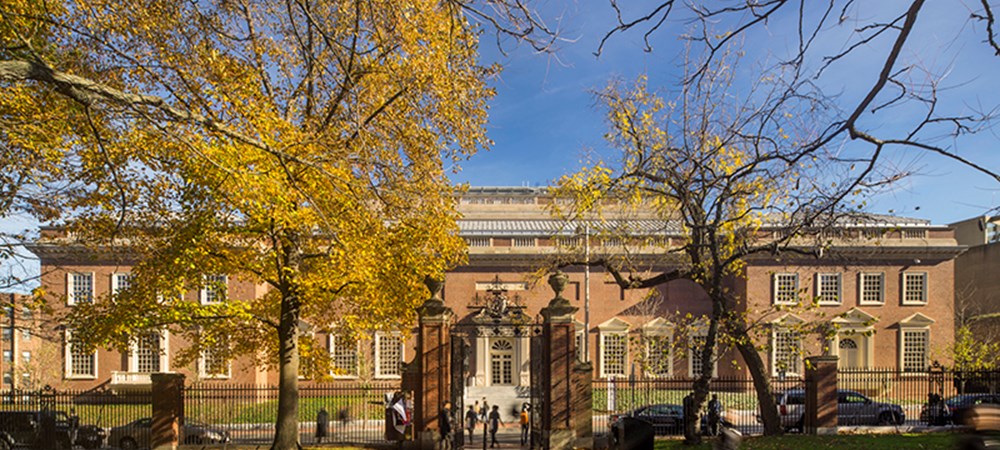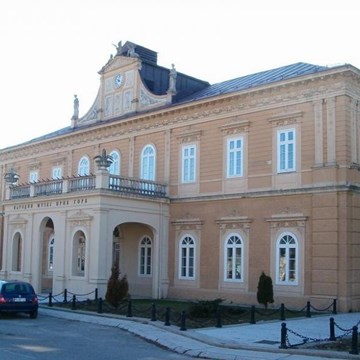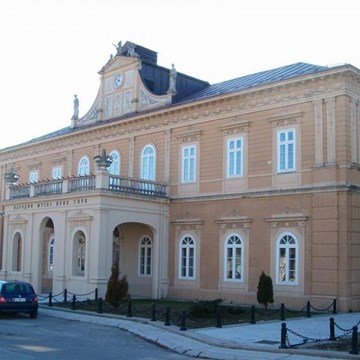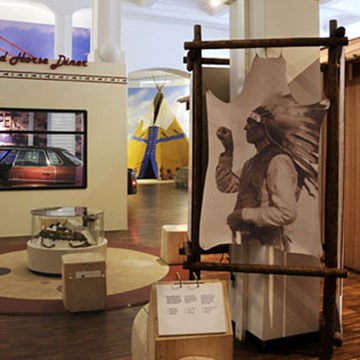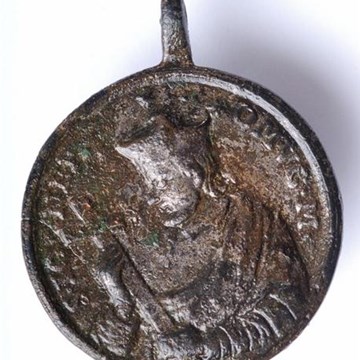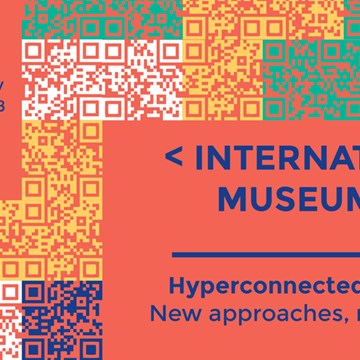Harvard Art Museums
About the Harvard Art Museums
The Harvard Art Museums house one of the largest and most renowned art collections in the United States, and are comprised of three museums (the Fogg, Busch-Reisinger, and Arthur M. Sackler Museums) and four research centers (the Straus Center for Conservation and Technical Studies, the Center for the Technical Study of Modern Art, the Harvard Art Museums Archives, and the Archaeological Exploration of Sardis). The Fogg Museum includes Western art from the Middle Ages to the present; the Busch-Reisinger Museum, unique among North American museums, is dedicated to the study of all modes and periods of art from central and northern Europe, with an emphasis on German-speaking countries; and the Arthur M. Sackler Museum is focused on Asian art, Ancient Mediterranean and Near Eastern art, and Islamic and later Indian art. Together, the collections include approximately 250,000 objects in all media. The Harvard Art Museums are distinguished by the range and depth of their collections, their groundbreaking exhibitions, and the original research of their staff. Integral to Harvard University and the wider community, the museums and research centers serve as resources for students, scholars, and the public. For more than a century they have been the nation’s premier training ground for museum professionals and are renowned for their seminal role in developing the discipline of art history in the United States. The Harvard Art Museums have a rich tradition of considering the history of objects as an integral part of the teaching and study of art history, focusing on conservation and preservation concerns as well as technical studies.
The Harvard Art Museums’ 2014 renovation and expansion carried on the legacies of the three museums and united their remarkable collections under one roof for the first time. Renzo Piano Building Workshop preserved the Fogg Museum’s landmark 1927 facility, while transforming the space to accommodate 21st-century needs. The museums now feature 40 percent more gallery space, an expanded Art Study Center, conservation labs, and classrooms, and a striking glass roof that bridges the facility’s historic and contemporary architecture. The three constituent museums retain their distinct identities in the facility, yet their close proximity provides exciting opportunities to experience works of art in a broader context. harvardartmuseums.org
Daily, 10am–5pm. Closed major holidays. Admission: $15 adults, $13 seniors (65+), $10 non-Harvard students (18+). Free for members; youth under 18; Cambridge residents; and Harvard students, faculty, and staff (plus one guest). On Saturdays, from 10am–noon, Massachusetts residents receive free admission. Visit our website for information about other discounts and policies. www.harvardartmuseums.org/plan-your-visit
Exhibitions, Events, and News
Our Special Exhibitions Gallery presents important new research on artists and artistic practice, and our University Galleries are programmed in consultation with Harvard faculty to support coursework. www.harvardartmuseums.org/visit/exhibitions
Lectures, workshops, films, performances, special events, and other programs are held throughout the year at the museums. www.harvardartmuseums.org/visit/calendar
Check out Index, our multimedia magazine, to keep up with what’s happening at the Harvard Art Museums. http://magazine.harvardartmuseums.org
The Harvard Art Museums receive support from the Massachusetts Cultural Council.
Exhibitions and events
We don't have anything to show you here.
Educational programs
We don't have anything to show you here.
Collections
We don't have anything to show you here.





